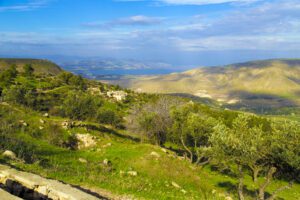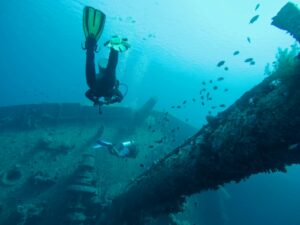Dibeen Forest Reserve
The newest addition to Jordan’s network of nature reserves, Dibeen was established in 2004. Located north of Amman and offering vista views, nature walks, and a rest house, Dibeen boasts an exceptionally large variety of trees of different sizes and ages.
Dana Biosphere Reserve
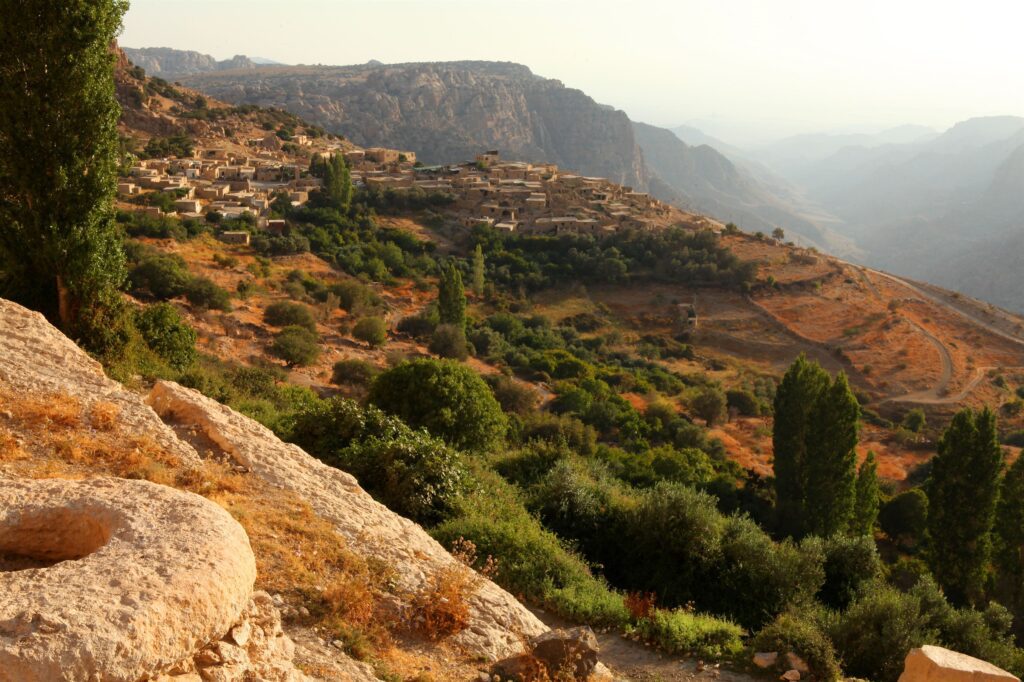
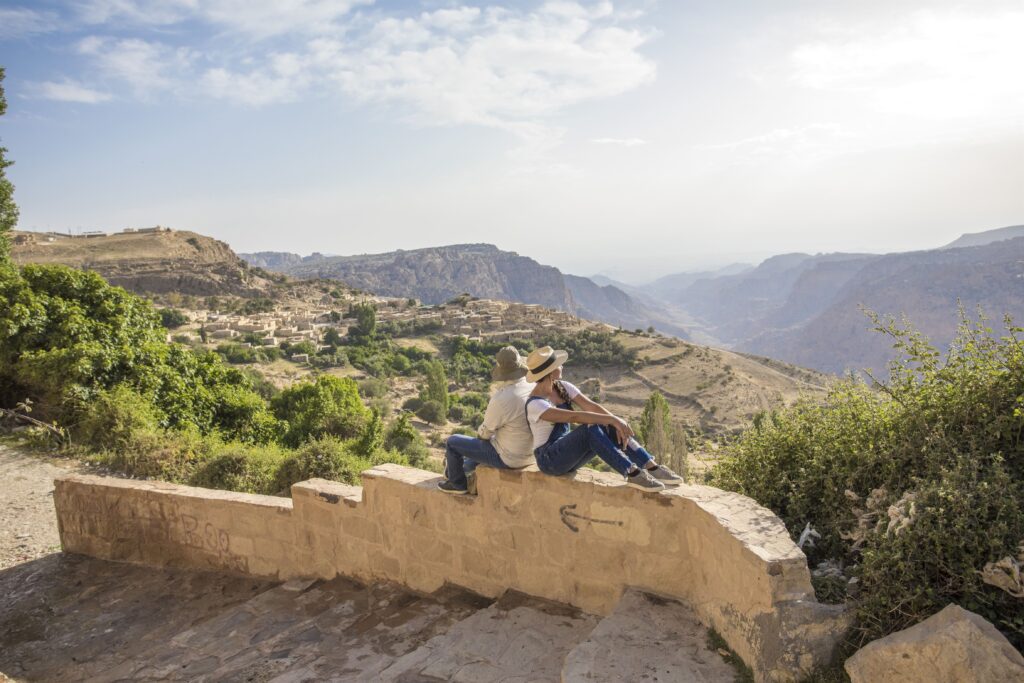
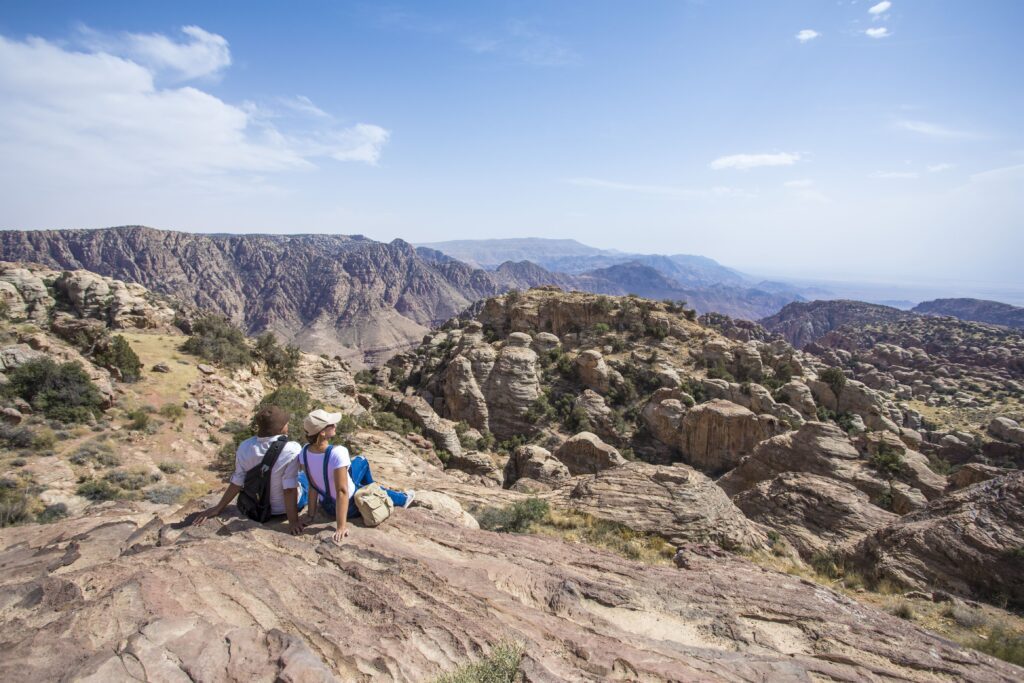
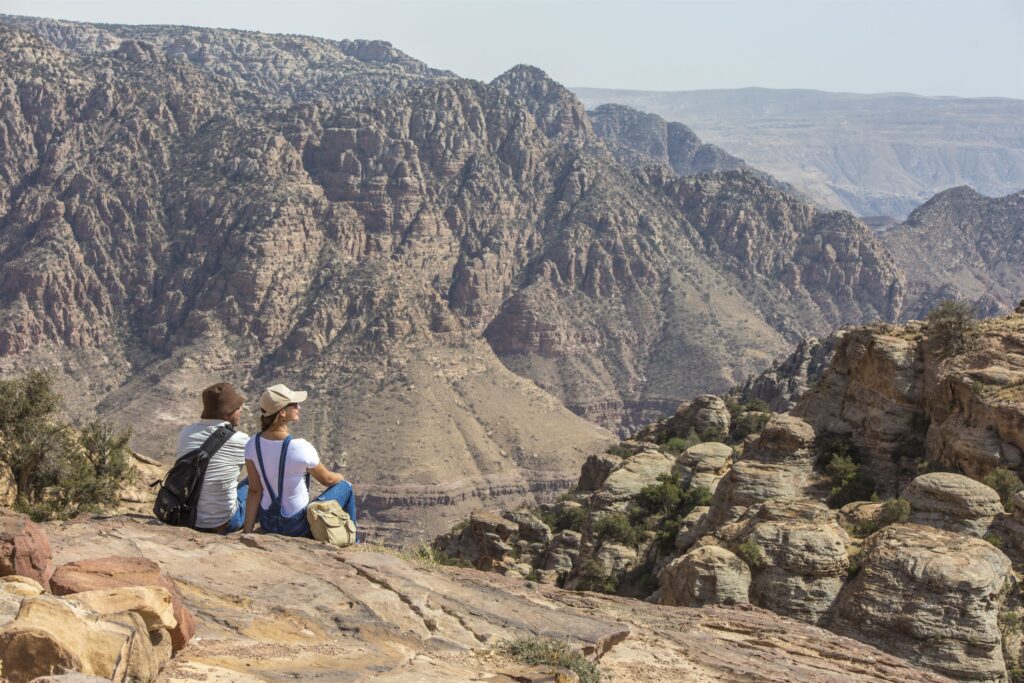
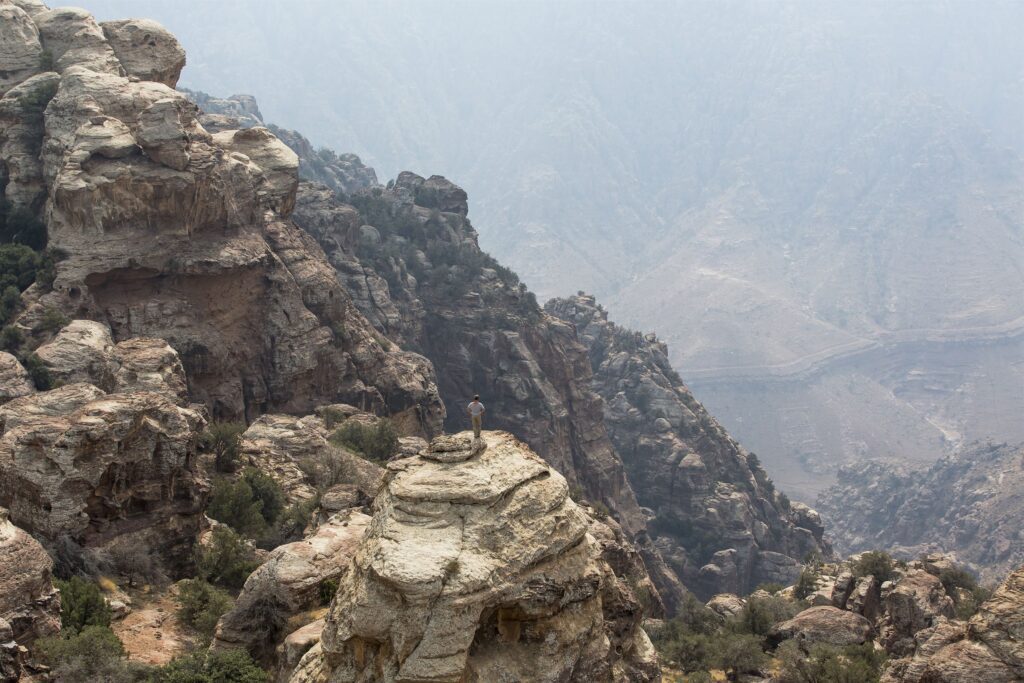
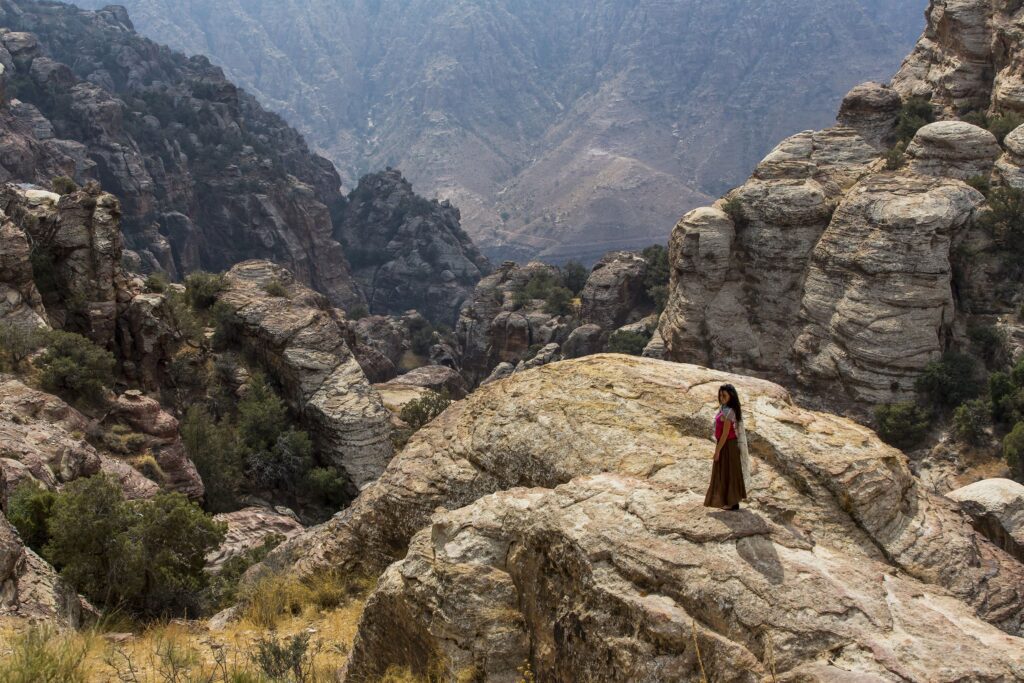
Dana Biosphere Reserve is an area of staggering beauty, history, and biodiversity. The only reserve in Jordan that encompasses the four different bio-geographical zones of the country (Mediterranean, Irano-Turanian, Saharo-Arabian and Sudanian), it is a melting pot of species from Europe, Africa and Asia. Such a combination of natural communities in a single area is unique in Jordan and many of Dana Biosphere Reserve’s animals and plants are very rare. So far, a total of 800 plant speciesand 449 animal species have been recorded in the Reserve, of which 25 are known to be endangered, including the Sand Cat, the Syrian Wolf, the Lesser Kestrel and the Spiny Tailed Lizard.
Wadi Rum Protected Area
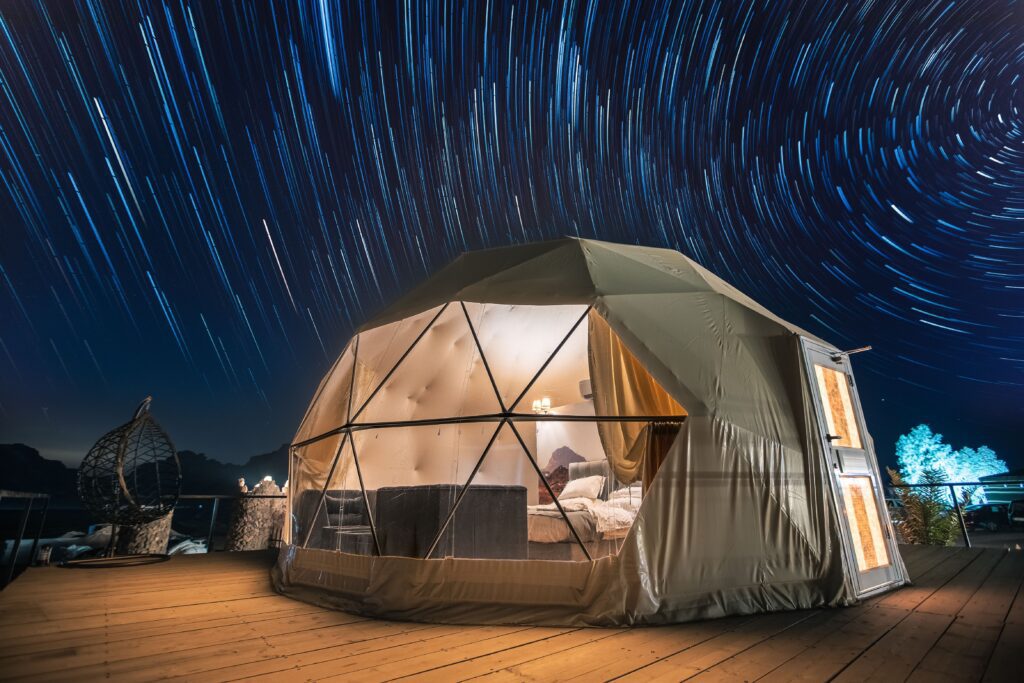
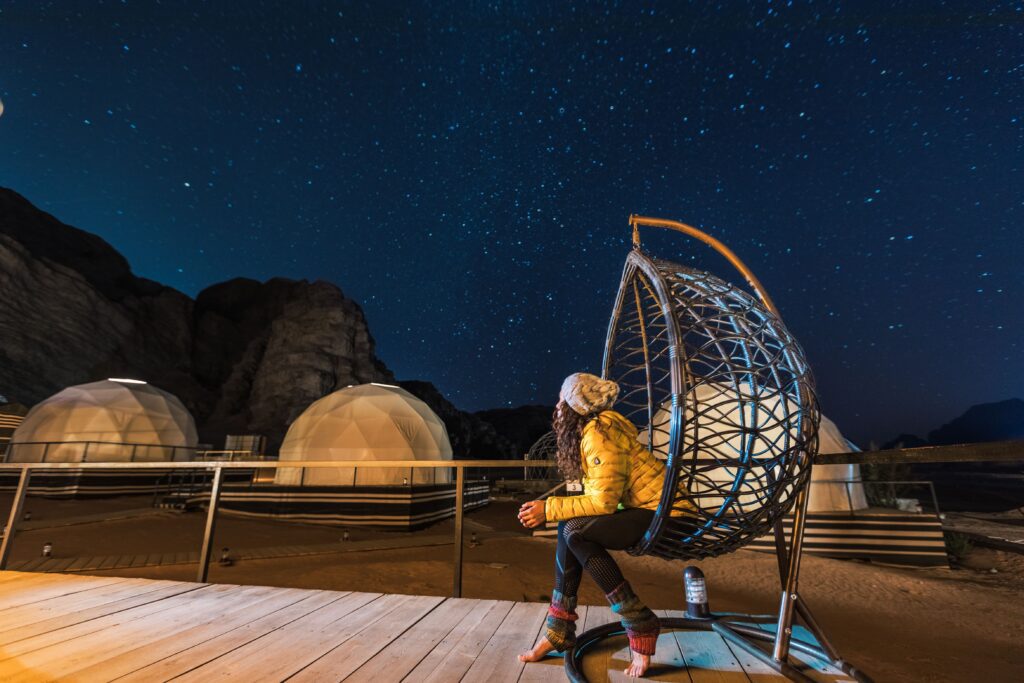
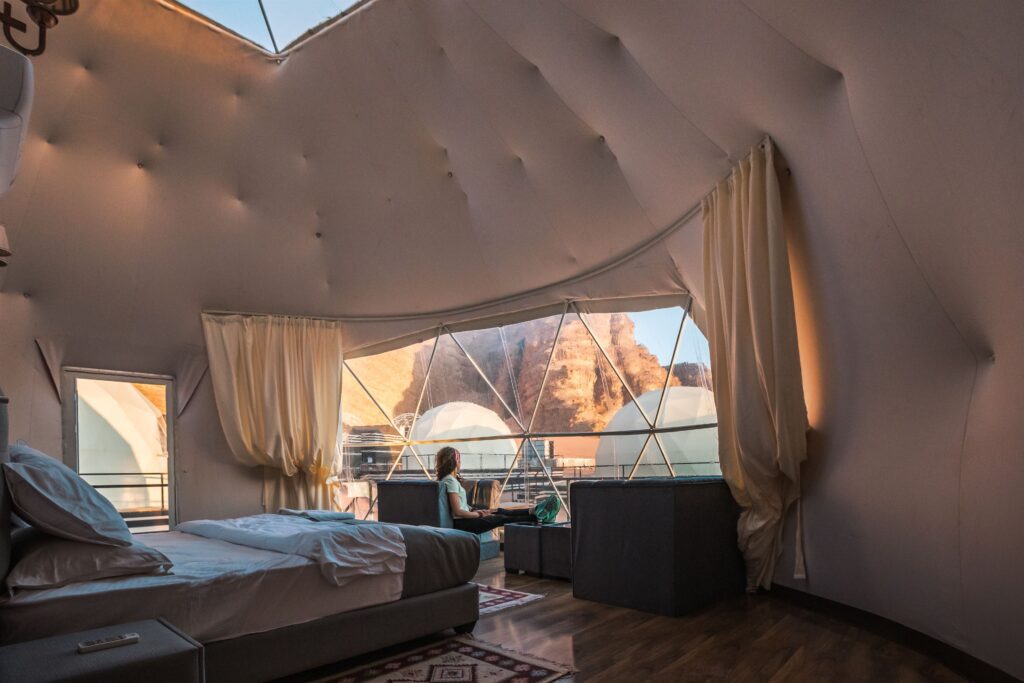
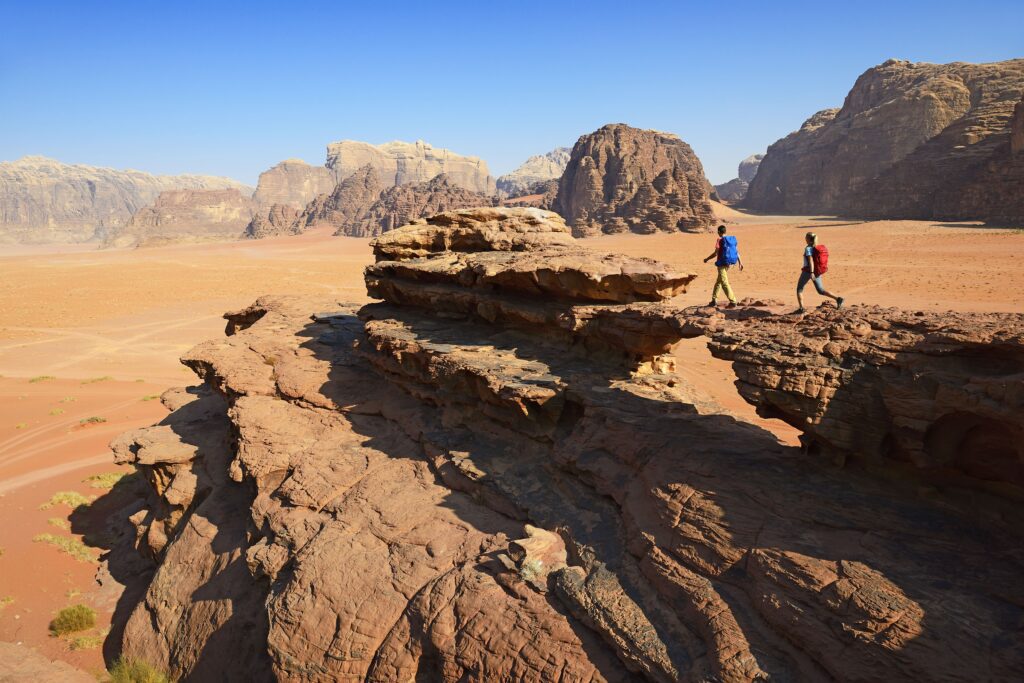
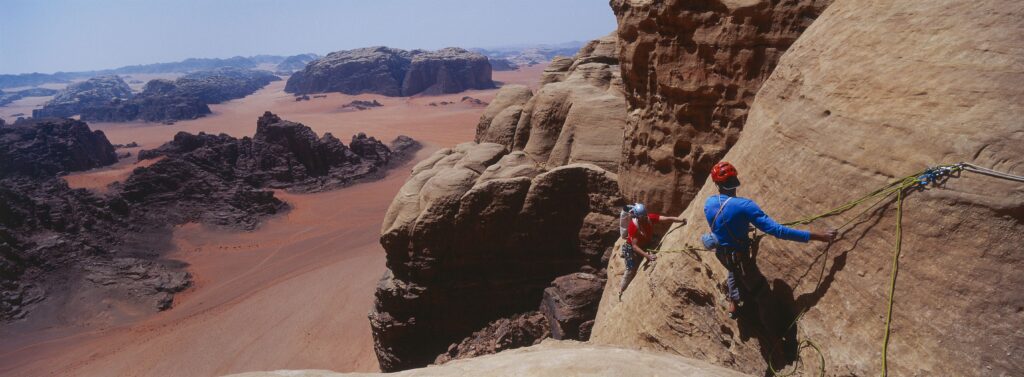
The moonlike landscape of Wadi Rum is unique to the world. The desert of Rum is dotted with massive mountains, coloured in shades of red, yellow, and orange. Their hues spill over to colour the sand dunes around the desert and the horizon of its breathtaking panorama.
This is a place where you can become one with nature, where visitors are humbled by the towering mountains and overwhelmed by the serenity and quiet ambiance of this magnificent place.
The eco-system of Wadi Rum holds many rare and endemic plants. Spring reveals hundreds of species of wild flowers. About 120 bird species have been recorded in the area, including the Griffon Vulture, the Fan-Tailed Raven, Bonelli’s Eagle, and Hume’s Tawny Owl. Baseline surveys show the existence of the Grey Wolf, Blandford’s Fox, the Sand Cat, and the Ibex within the area.
One activity which keeps attracting thrill-seekers to Wadi Rum is mountain climbing. Ascents can range from simple hikes to serious 900m climbs up sheer granite and sandstone cliffs.
Shawmari Reserve
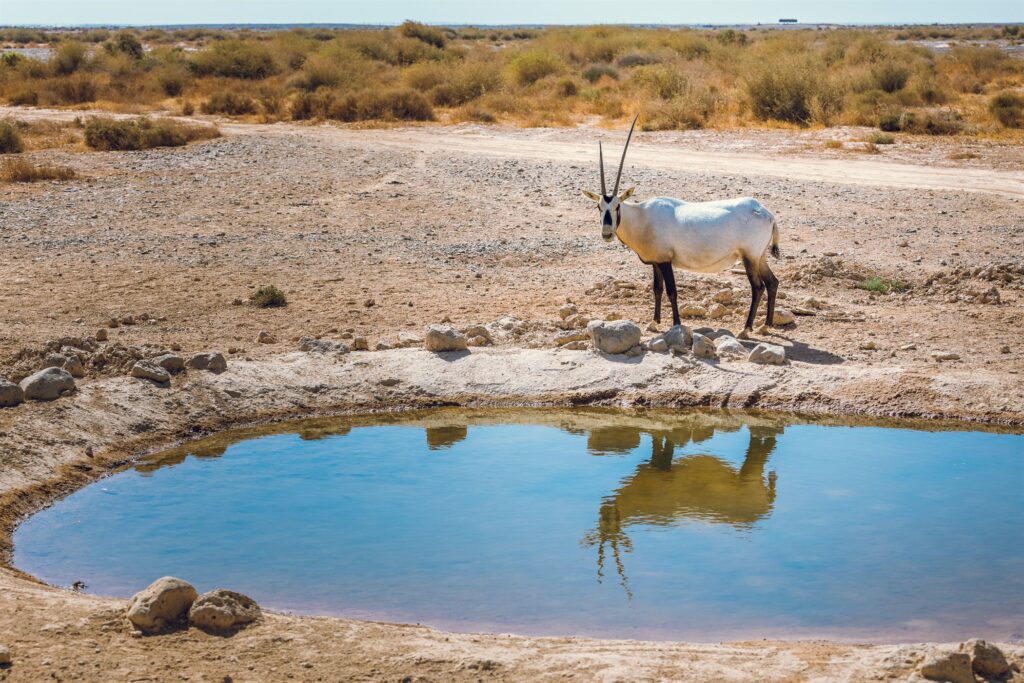
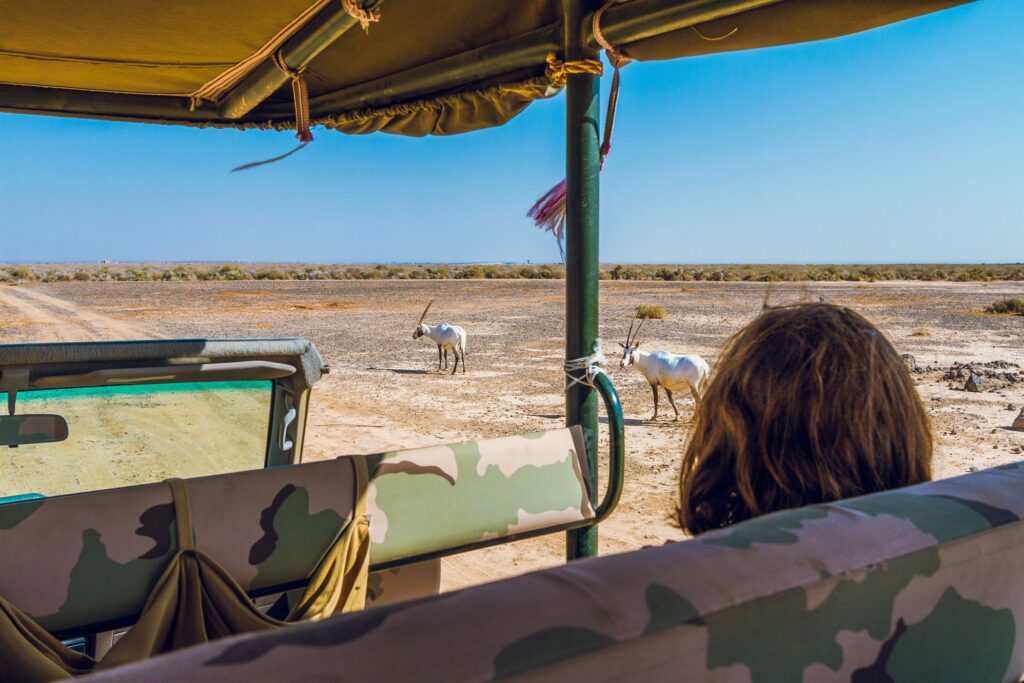
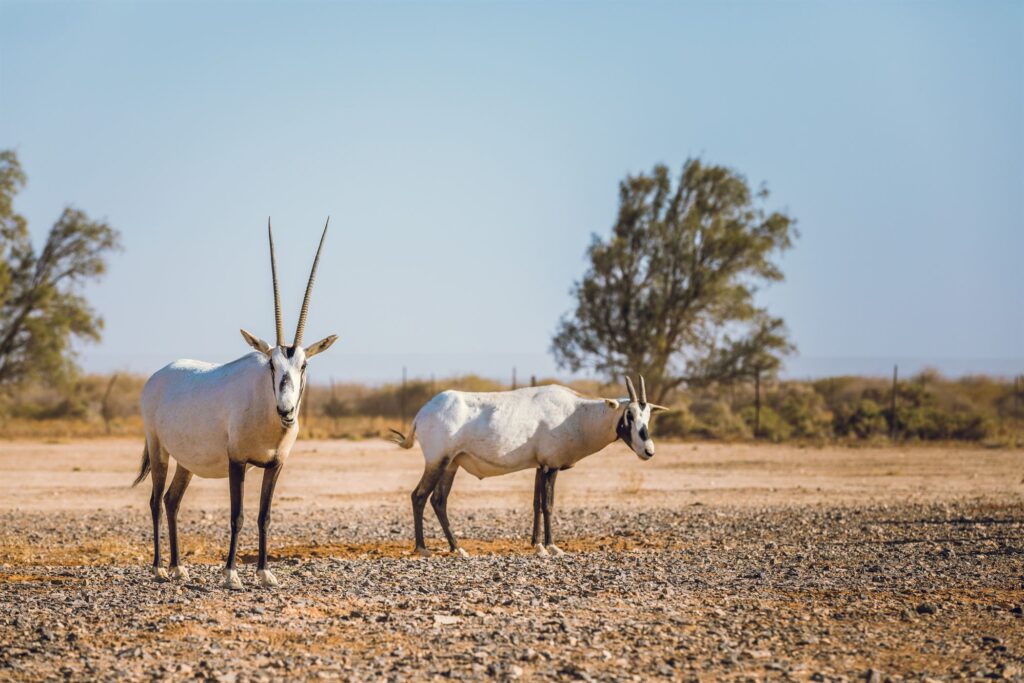
The Shawmari Reserve was created in 1975 by the RSCN as a breeding centre for endangered or locally extinct wildlife. Today, following breeding programmes with some of the world’s leading wildlife parks and zoos, this small, 22 sq km reserve is a thriving protected environment for some of the most rare species of animals in the Middle East. Oryx, ostriches, gazelles and onagers – which are depicted on many 6th century Byzantine mosaics – are rebuilding their populations and reasserting their presence in this safe haven, protected from hunting and habitat destruction that nearly wiped them out.
Mujib Biosphere Reserve
The Mujib Biosphere Reserve is the lowest nature reserve in the world, with a spectacular array of scenery near the east coast of the Dead Sea. The Reserve is located within the deep Wadi Mujib gorge, which enters the Dead Sea at 410m below sea level. The Reserve extends to the Karak and Madaba mountains to the north and south, reaching 900 metres above sea level in some places. This 1,300m variation in elevation, combined with the valley’s year- round water flow from seven tributaries, means that Wadi Mujib enjoys a magnificent bio-diversity that is still being explored and documented today. Over 300 species of plants, 10 species of carnivores and numerous species of permanent and migratory birds have been recorded. Some of the remote mountain and valley areas are difficult to reach, and thus offer safe havens for rare species of cats, goats and other mountain animals. Mujib’s sandstone cliffs are an ideal habitat for one of the most beautiful
Azraq Reserve
Azraq is a unique wetland oasis located in the heart of the semi-arid Jordanian Eastern Desert, one of several beautiful nature reserves managed by the Royal Society for the Conservation of Nature (RSCN). Its attractions include several natural and ancient built pools, a seasonally flooded marshland, and a large mudflat know as Qa’a Al-Azraq. A wide variety of birds stop at the Reserve each year for a rest during their arduous migration routes between Asia and Africa. Some stay for the winter or breed within the protected areas of the wetland.
Aqaba
The Gulf of Aqaba is famous for its marine wildlife. It is the north-eastern arm of the Red Sea, measuring a length of 180km and expanding to a width of 25km, with a shoreline shared by Egypt, Saudi Arabia, Israel, and Jordan.
The Gulf of Aqaba has the world’s northernmost coral reef ecosystem. An average water temperature of 23° Celsius, the absence of stormy weather and mild water currents have created a hospitable environment for the growth of corals. Favourable salinity levels are perfect for the myriads of other marine life-forms. As a result, it is home to 110 species of soft corals and 120 species of hard corals. The reefs that fringe the Gulf host over 1000 species of fish, corals, crustaceans, and mammals living in its waters. Nocturnal animals such as the crab, shrimp, and lobster appear in search of food in the dark hours of the night. Seasonal visitors to the Gulf of Aqaba include sea turtles, dolphins, sea cows, and harmless whale sharks.
Aqaba is the only coastal city in Jordan. This beautiful town, surrounded by fascinating colourful mountains and the blue waters of the Red Sea, expands over 27km of shoreline on the Gulf of Aqaba. The town is well-organized and under continuous development. It has been designated as a Special Economic Zone, with special legislation to protect and improve its business, community, tourism and environment status.
Ajlun Nature Reserve
Ajlun Nature Reserve is located in the Ajlun highlands (North of Amman), It consists of Mediterranean-like hill country, dominated by open woodlands of Oak and Pistachio trees. The Reserve was first established in 1988 when a captive-breeding programme for the Roe Deer was initiated. The reserve is located in an area named Eshtafeena. The Royal Society for the Conservation of Nature has set up two hiking trails and provided a special area for camping. Ajlun’s woodlands consist mostly of oak trees, interspersed with pistachio, pine, carob, and wild strawberry trees. These trees have been important to local people for their wood, scenic beauty and, quite often, for medicine and food.


